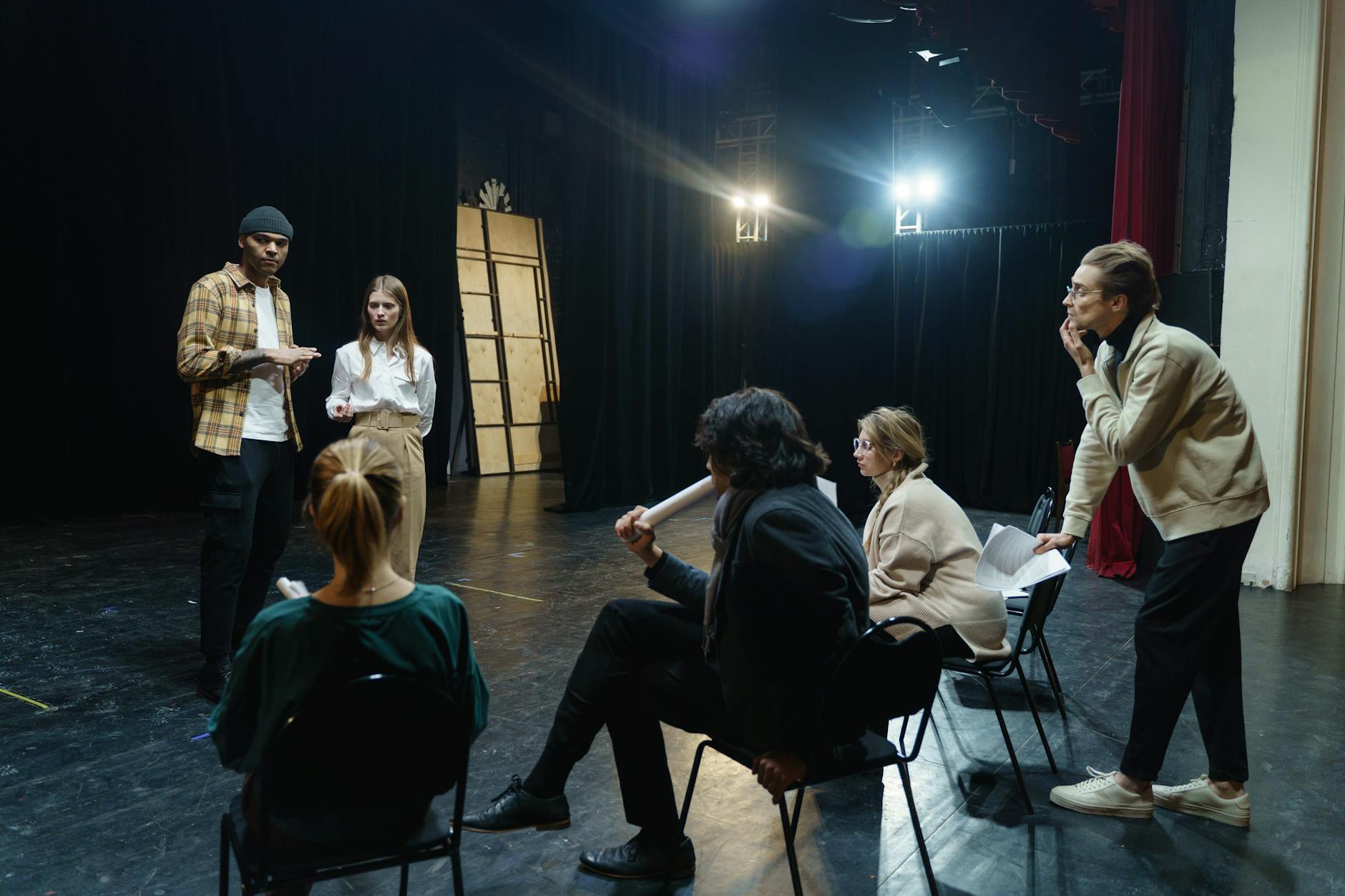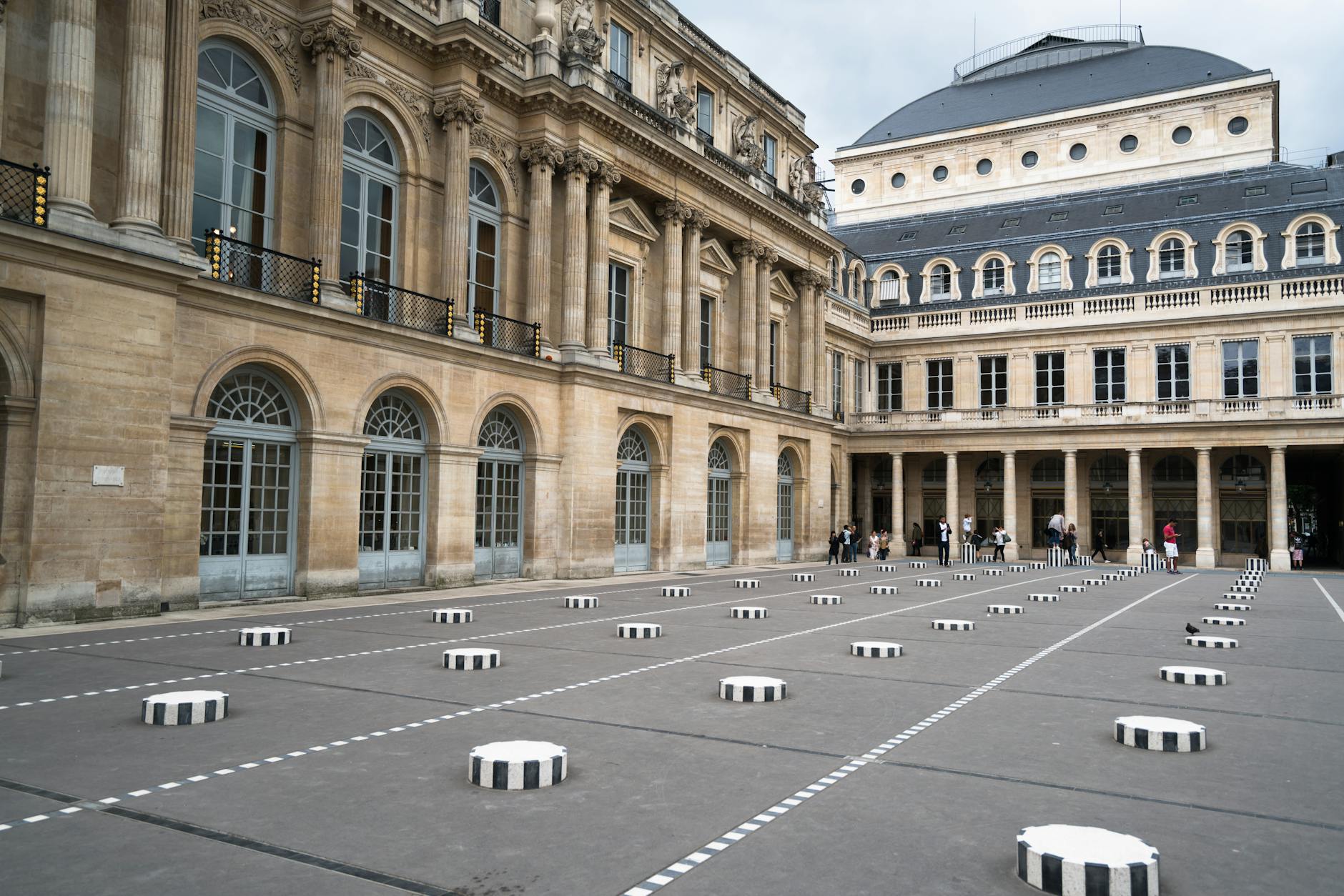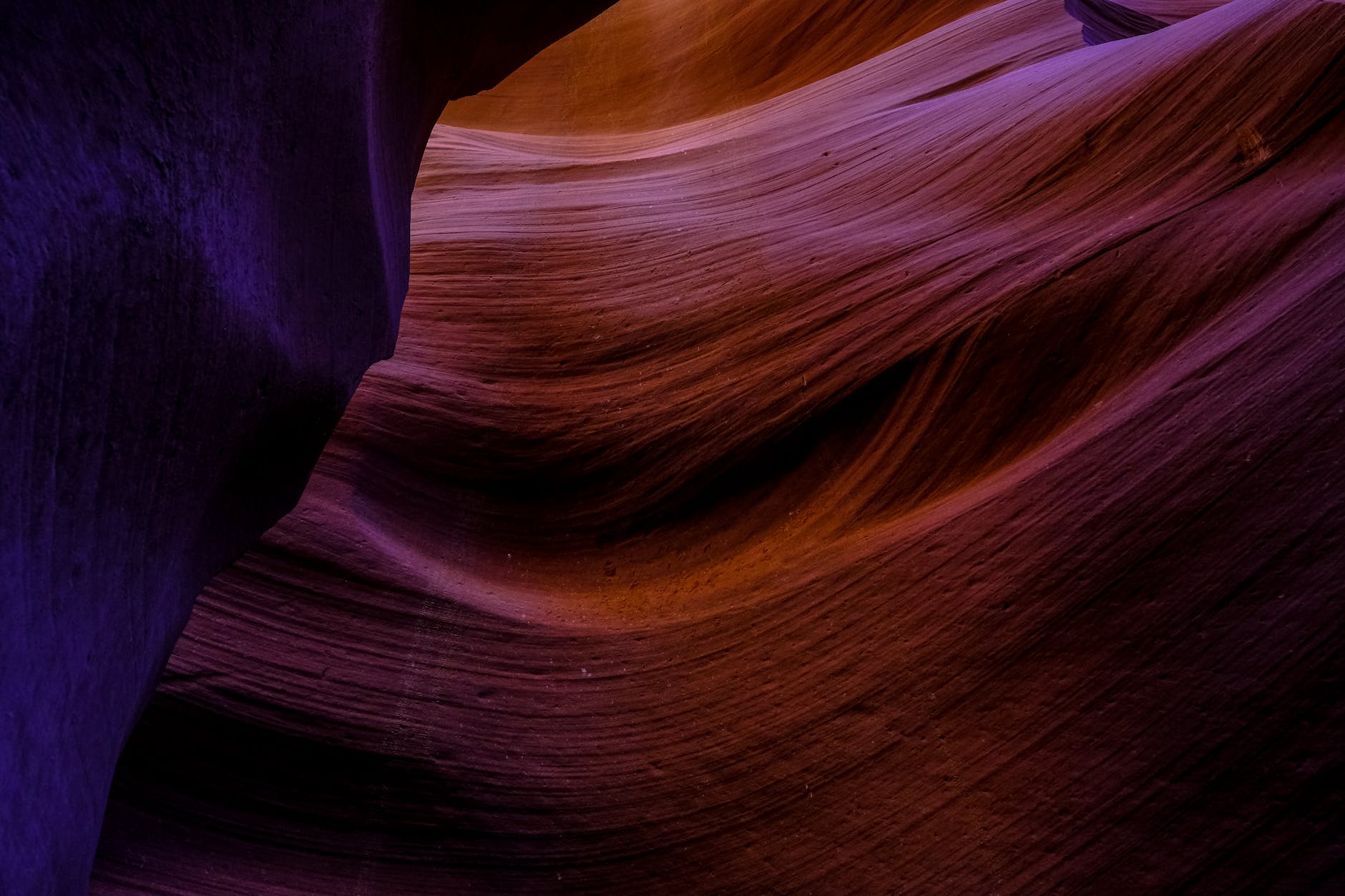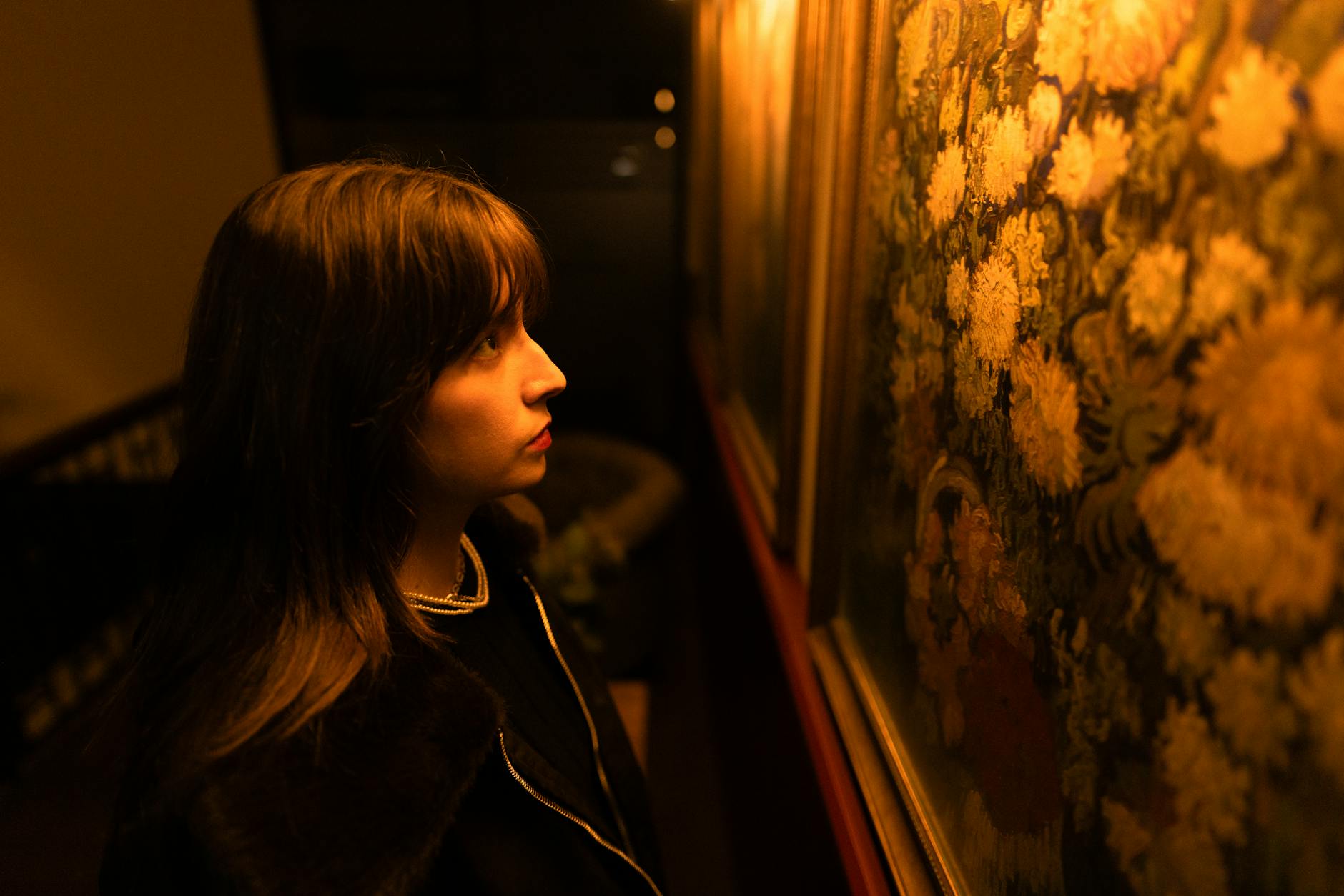Since the dawn of prehistoric humanity, visual art has been an enduring means of communication and a vivid reflection of the world’s seen and unseen dimensions. In more recent history, the advent of mind-altering substances known as psychedelics have catapulted the artistic realm into fascinating territory. Integrating these enigmatic substances into the artistic process has spawned an entirely new genre: Psychedelic art.
Psychedelic art is marked by its intricacy, vibrant colors, geometric patterns, and distorted or off-kilter perceptions. The art form is closely tied to users’ psychedelic experience, turning their hallucinations into concrete visual forms. This shift in the artists’ visual perception reverberates into their art, often resulting in uncanny dreamlike landscapes brimming with surrealism and abstract art.
Creativity is often born from such altered states of consciousness. Historical artists like Salvador Dali, renowned for his unique brand of surrealism, were allegedly inspired by the ‘mind-expanding’ properties of hallucinogenics to create deeply imaginative and visually captivating artwork.
The influence of the psychedelic experience on creativity is a popular topic in contemporary art discussions. Drug-induced altered states of perception, like hallucinations, often serve as profound sources of inspiration and uniqueness in an artist’s work. Researchers have suggested that these substances dissolve the boundaries of the everyday self, allowing artists to traverse extraordinary realms of the mind.
A profound, real-life example of this process is the artwork of Swiss artist, H.R. Giger. Giger, creator of the iconic Alien creature, repeatedly turned to his psychedelic experiences for inspiration. His striking compositions are a testament to the potential of psychedelics to unleash uncharted territories of the imagination.
Another artist who wove the threads of his psychedelic experiences into his art was Alex Grey. Grey’s intricately detailed paintings are like windows into the realms of the spiritual and metaphysical, manifesting the mind-expanding potential of the psychedelic experience.
While the psychedelic effect can open doors to unseen realms, it also enhances the concrete visuals in the here and now. Under the influence of mind-altering substances, colors become more vibrant, shapes more prominent, and movements more intense. Hence, in psychedelic art, the ordinary becomes extraordinary, and the mundane becomes magical.
Psychedelic substances and their influence on art are not recent discoveries. Historical cultures, including the ancient Mayans and Native Americans, used psychedelics as part of spiritual rituals and ceremonies. Their artistic representations—found on pottery, murals, and other artifacts—often depicted intricate patterns, vibrant colors, and complex geometric forms, a testament to the enduring role of these substances in artistic inspiration.
Today, psychedelic art continues to bask in modern artists’ limelight, manifesting in reality the cascading colors, intricate patterns, and imagery birthed from the depths of altered consciousness. From music festival posters to album cover designs, from large murals to intricate tattoos, psychedelic art has not only stretched the boundaries of visual art but has also permeated popular culture.
In conclusion, the impact of psychedelics on visual art and artists is profound and multifaceted. It is a catalyst for creativity and inspiration, a bridge between visible reality and unseen dimensions, and a tool to amplify visual perception. The psychedelic experience has indelibly marked the history and evolution of visual art, echoing the ever-evolving human quest for understanding, expression, creativity, and spirituality.
However, this exploration is subject to controversies and debates due to the illegality and potential dangers of psychedelic substances. Hence, it is incumbent upon us to approach this topic with a discerning lens, balancing the quest for artistic expression with personal and social responsibility.
References:
1. Creativity and Mind-Altered States of Consciousness
2. The Influence of Psychedelics on Artists
3. Psychedelics and their influence on Art
4. Effects of Consciousness, Altered States, and Worldview on Art.








